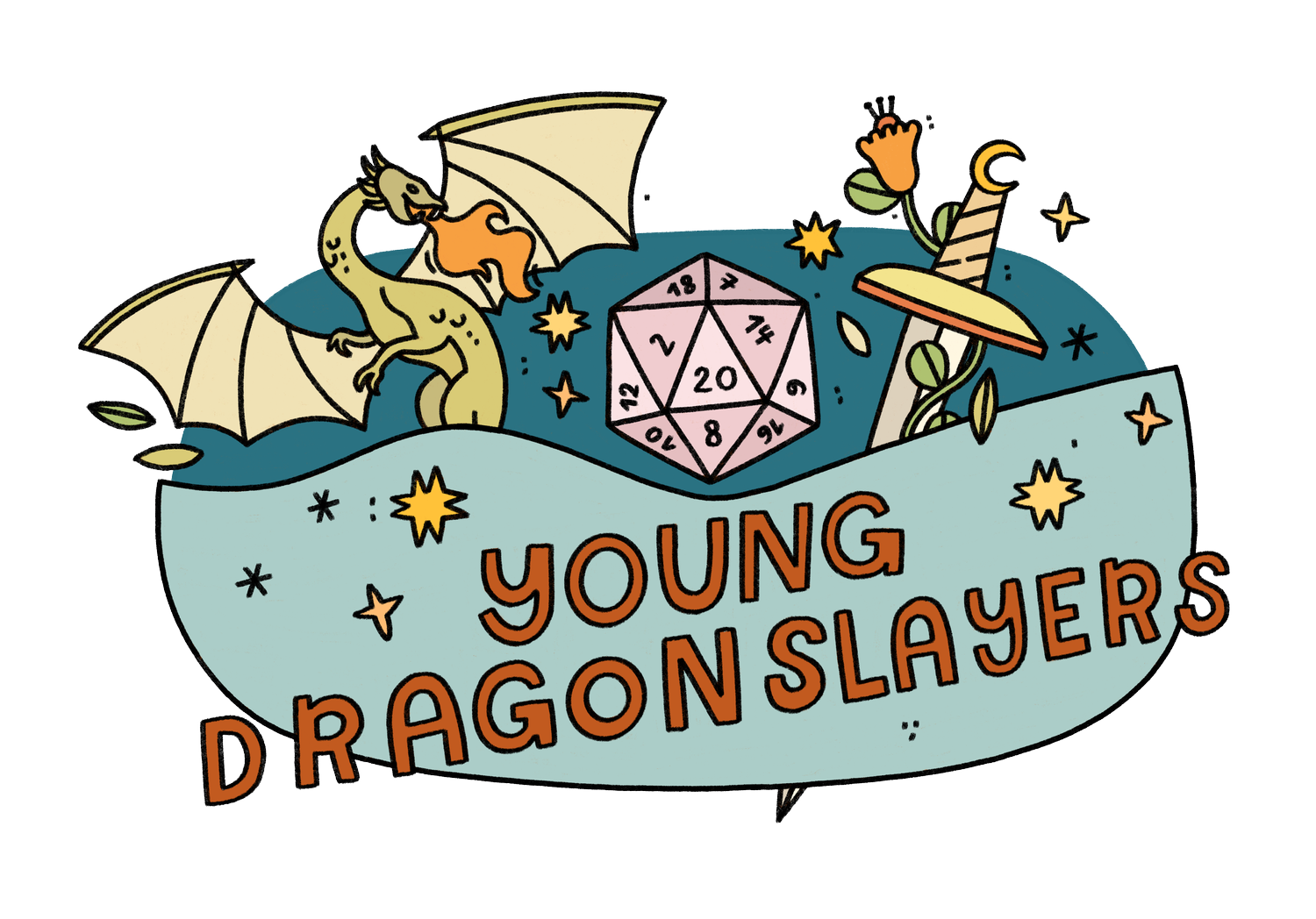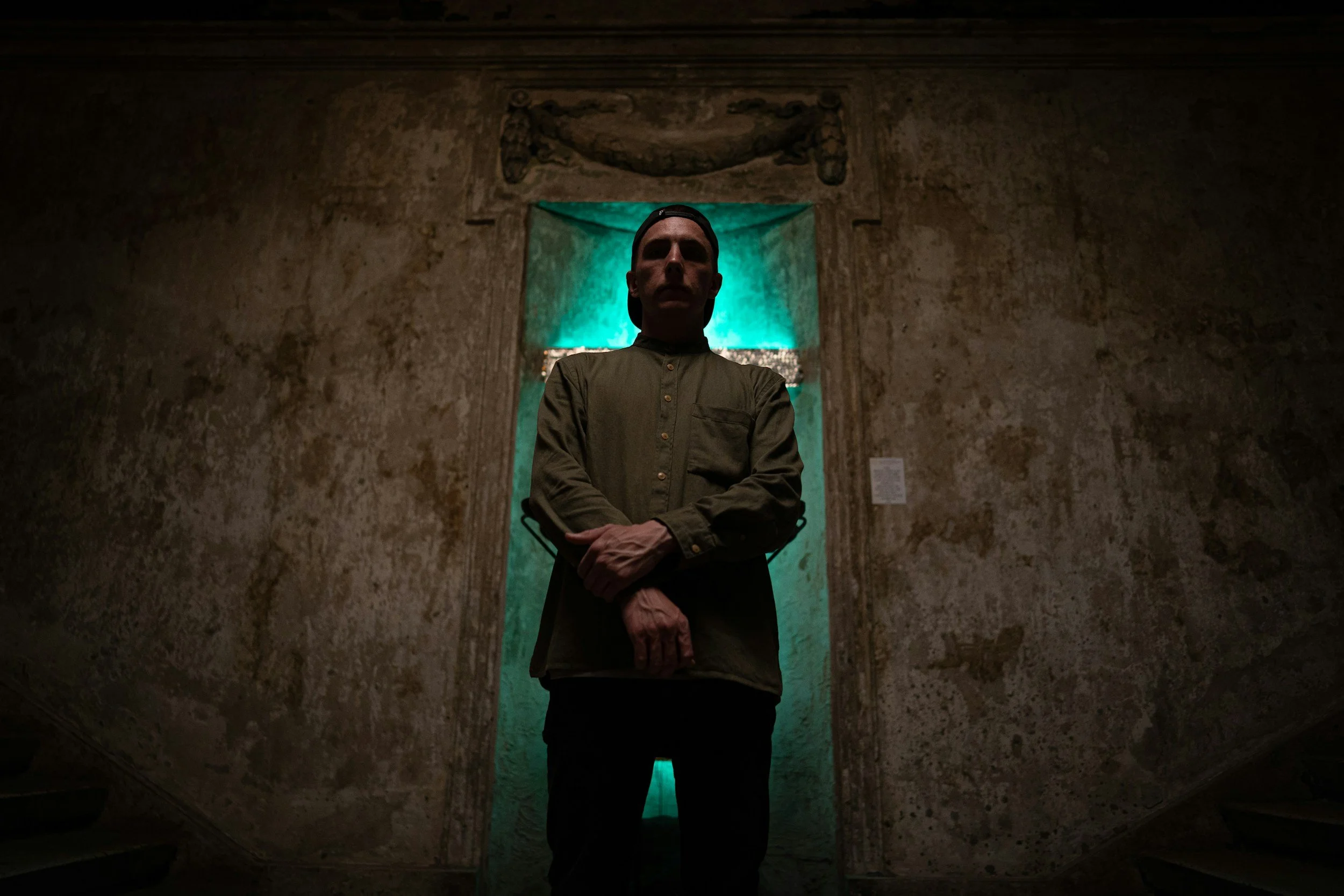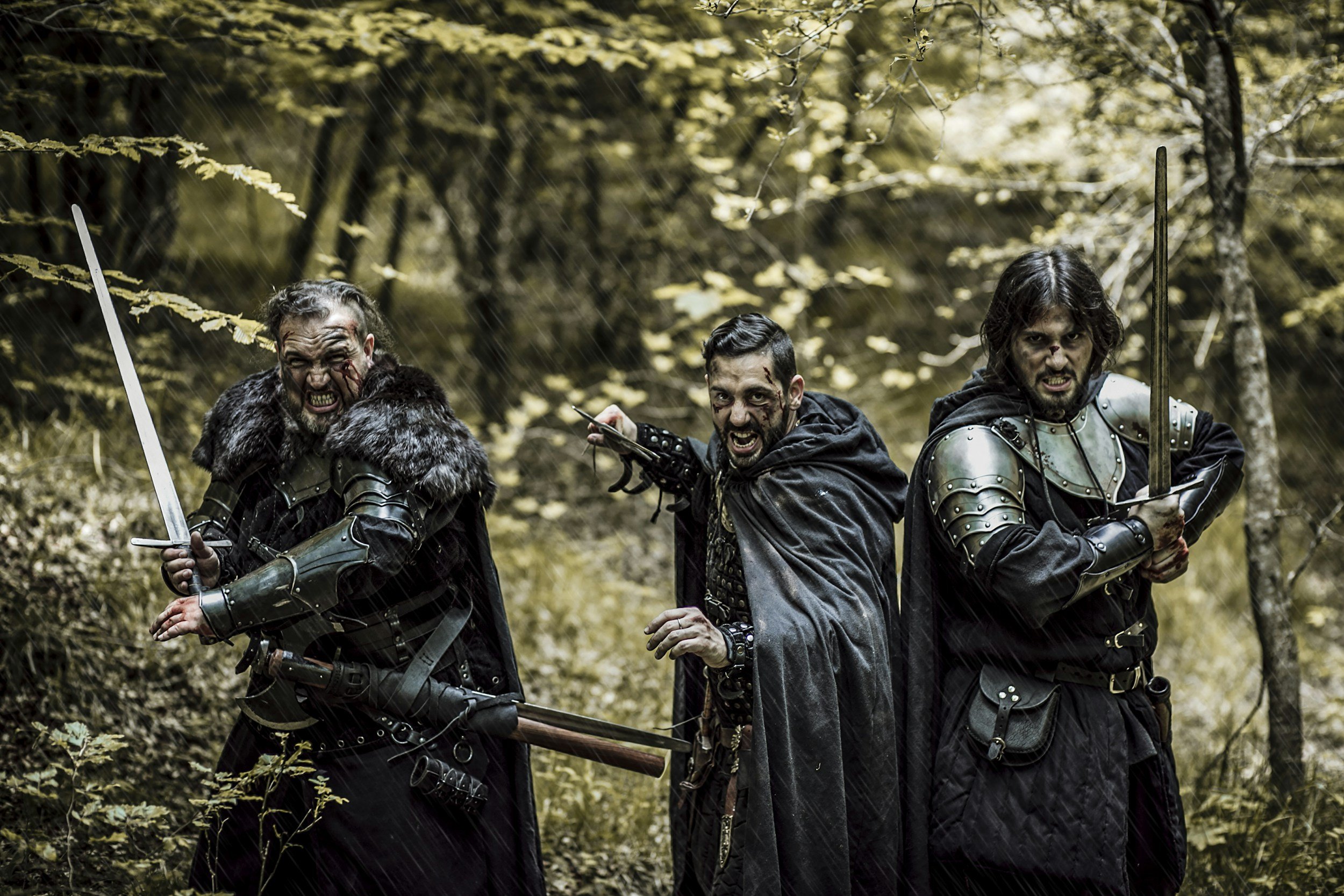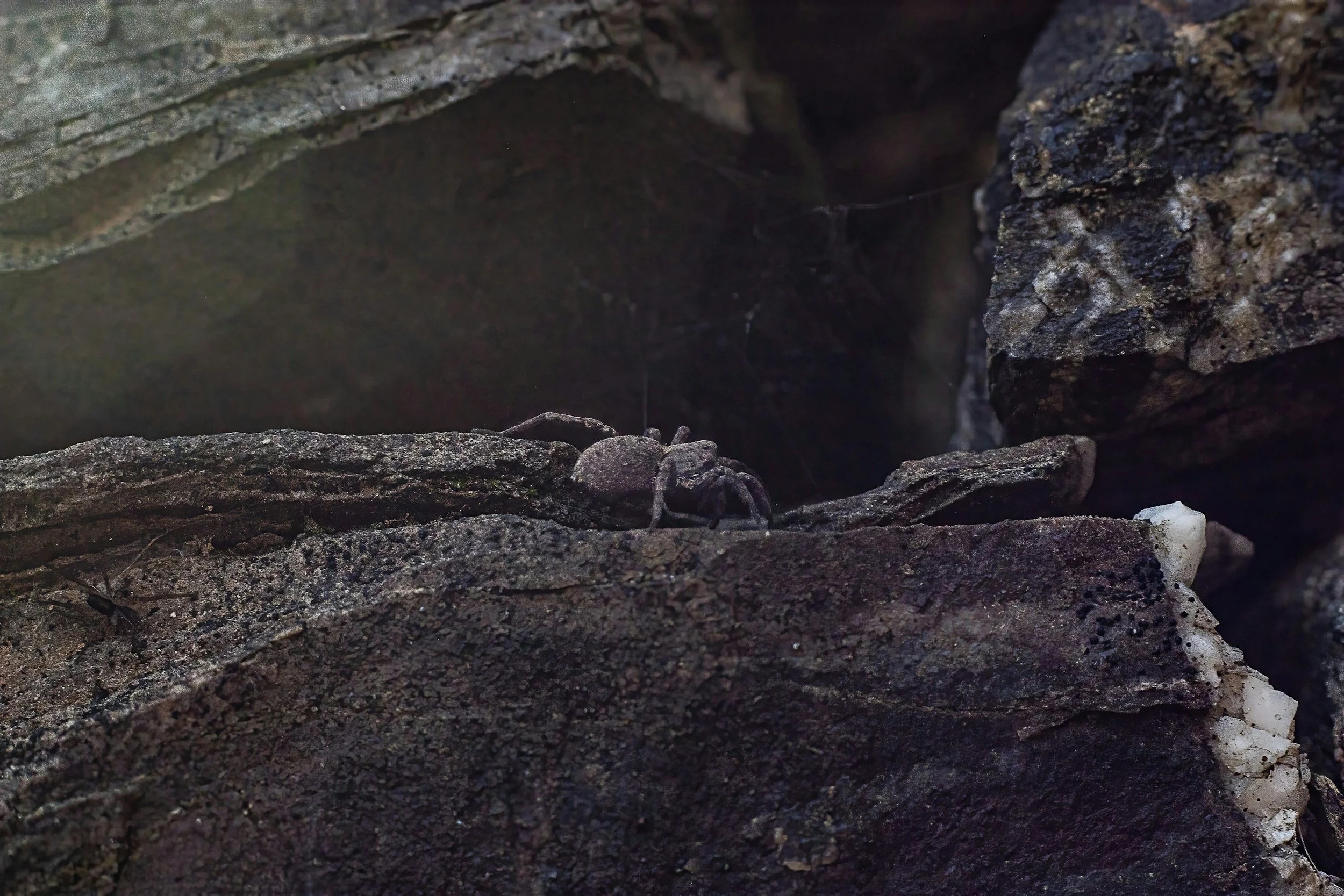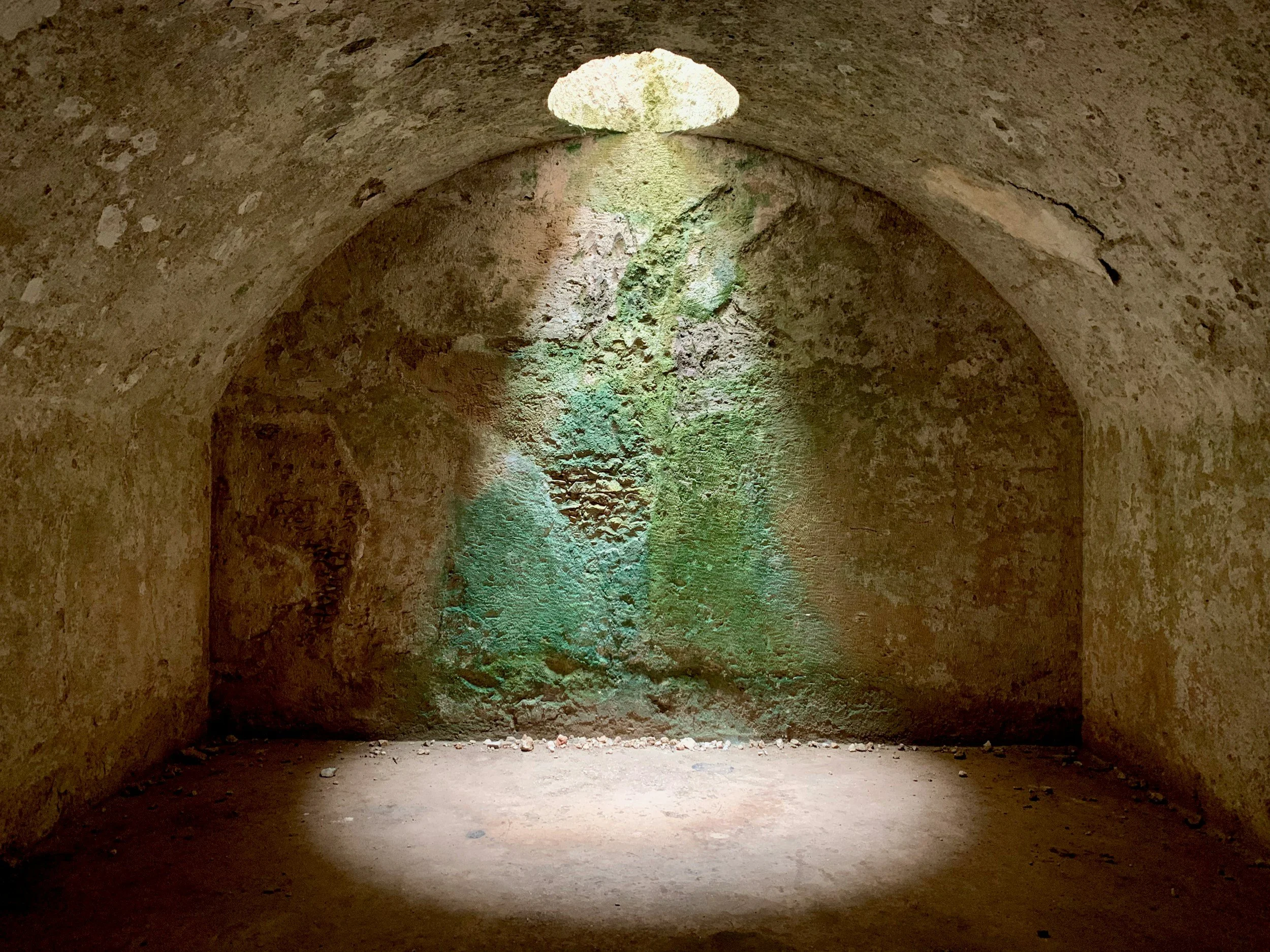How to Make a Good D&D Dungeon
It’s one of the most searched D&D terms on the internet: “how to make a good dungeon.” And no wonder. The dungeon crawl is a quintessential aspect of the game, else we’d be playing High-Rises and Humans or Shambling Mounds and Shopping Malls.
But what actually makes a dungeon fun? And how can you keep your players engaged, equipped, and emotionally captivated throughout a two-hour, four-hour, or even multi-session crawl?
I’m by no means a master builder, but I’ve crafted more than a few daring delves for my players. Whenever I feel like it’s time to venture beyond the open world and into the clutches of a deep, dark lair, here are a few factors I consider.
Good Dungeons Understand Pacing
What’s the difference between a grocery list and a recipe? Narrative pacing. When cooking up something delightful for your players, consider how different ingredients work together to create a more complex, holistic experience.
Think about it this way: If every room in your dungeon is a deadly, duke-it-out-to-the-last-sliver-of-HP monster battle, those battles become slogs. If every single room is a ruthless, stupefying puzzle, those puzzles go from fun and exciting to just another “thing” to get through. Just as no one wants a multi-course meal of nothing but carrots (no offense, if you’re fiercely Team Carrot), too much of anything—even a good, fun thing—puts off players’ appetites.
Good dungeons understand it’s the mix of different elements that makes a dungeon crawl so fresh and exciting. Maybe one room is super hard, and the next is deceptively simple. Maybe after doing thirteen different ability checks, your players discover the suspicious door in the corner really is just a door, but the next time they walk up a staircase, they find themselves grappled by the tongue of a waiting mimic.
Good Dungeons Know Their Players
When preparing my dungeon, I’m also careful to consider what kinds of players I’m working with. Is this party used to slashing-and-dashing their way through their problems? Are they a studious coterie of wizards? Or maybe they’re a good balance of skills, abilities, and personalities whose ultimate challenge is working together.
Now, this doesn’t mean that if my players aren’t particularly fond of puzzles, I won’t throw a brainteaser or two in the mix to stump them. In fact, if they’re used to slicing-and-dicing, it can be fun, challenging, and otherwise hilarious when they can’t just hack their way through. However, this also means that I incorporate rooms and mechanics that draw on their characters’ strengths, stretching their limits and giving them the opportunity to show off what they designed their characters to do.
The key is to challenge your players to get creative and work together, but also to give each individual an opportunity to shine. Is there a roulette-style magic puzzle your wild magic sorcerer can manipulate? Or maybe it’s time for the artificer to team up with the barbarian, re-finagling the base of a fire trap to construct a hot air balloon.
Whatever the case, be sure to challenge your players’ normal playing style (i.e., what usually works in an open world won’t work in a very specific room/situation), encourage them to work together, and highlight opportunities for individual characters to do what they do best.
It’s this fresh, funky mix that keeps everyone at the table having fun.
Good Dungeons Create Agency
What is agency? Basically, it’s the characters’ ability to make choices based on their own thoughts and motivations. In other words, their ability to engage with an experience instead of things simply happening to them.
Good dungeons have an aspect of choice. That choice can be as simple as a left turn or a right turn, but it can also be as nuanced as deciding whether or not to return a priceless magical artifact to its rightful owner.
Yes, the Dungeon Master is ultimately Master of the Dungeon. However, if you want players to be invested in the adventure, they need to feel like they can play to their characters’ motivations and that those choices have real consequences. If they’re simply being puppeteered through the process, what’s the point of even playing?
Good Dungeons Get Creative
Do good dungeons have traps? Puzzles? Roleplay? Combat encounters? Survival challenges?
All the above, please and thank you! In fact, feel free to combine elements to shake things up even more.
I recently had the privilege of shadowing one of our veteran DMs through a dungeon crawl, and I watched in starstruck awe as he combined a twisted magical trap with an epic drider battle. It was pretty clear that this strong group of players was used to muscling their way through problems, but the addition of the hazard in the middle of the battlefield combined with the multidimensional movement of their foes made for a much stickier situation.
It can be tempting to assign dungeon rooms as just puzzle rooms or just combat rooms. But remember—the only limit is your imagination! How might multiple elements come together into something fresh, challenging, and exciting? How can you turn your players’ expectations on their heads?
I recently ran a dungeon that reimagined the classic gelatinous ooze puzzle. Instead of simply having to fight the oozes to find the key inside, the players had to figure out how to retrieve the key, then use the oozes to build a staircase to the room’s exit.
Good Dungeons Have Nice, Juicy Stakes
In my humble, bardic opinion, the best part of any dungeon or dining experience is the nice, juicy stakes.
In other words, the outcome of the dungeon crawl needs to matter, both to the players and their player characters.
When coaching authors, I ask two simple questions to help them establish the stakes of their story: What happens if your main character succeeds? What happens if they fail?
Are the stakes simply survival? Is there a cursed treasure to retrieve, a ticking clock, or a Big Bad to take down at the end of the dungeon delve?
Why are the characters themselves invested in this adventure? Is the cleric after a sacred artifact revered by their home temple? Is the paladin seeking to find out what happened to her long-lost father who disappeared into this same dungeon twenty years prior?
Ask yourself: What’s motivating the party to continue through room after room of challenges?
There doesn’t have to be a complicated, lore-dumping backstory, but good dungeons appropriately incorporate carrots and sticks. If your players don’t succeed, what less-than-desirable thing is going to happen? And if they do succeed, what do they gain?
This is where it’s fun to play with rewards. Vast hordes of treasure, invaluably rare magical items, the answer to a looming secret, a satisfying level up… This world is literally your oyster, so be sure to reward your players for a job well done!
Preparing Your Dungeon: In Conclusion…
There’s no hard-and-fast recipe for the perfect dungeon. Such a thing can’t exist because everyone’s tastes are different.
However, as dungeon masters, we can be intentional about keeping things flavorful, incorporating narrative stakes, creativity, and the players’ own strengths and weaknesses to flesh out a deliciously satisfying experience.
The best way to get inspired, in my humble bardic opinion, is to dive right in and start playing. If you’re looking for a place to start rolling (both literally and figuratively), why not check out our games here at Young Dragonslayers?
Our ten week online campaigns are designed with kids and teens in mind—we’ll get you (or your child) set up to adventure with new friends we’ve selected just for you.
Aspiring Dungeon Masters should also check out Dragon Leaders, our How-to-DM course that will guide you through the process of creating and running your own one-shot D&D adventure.
